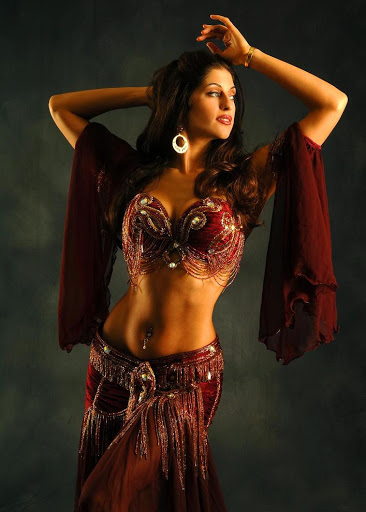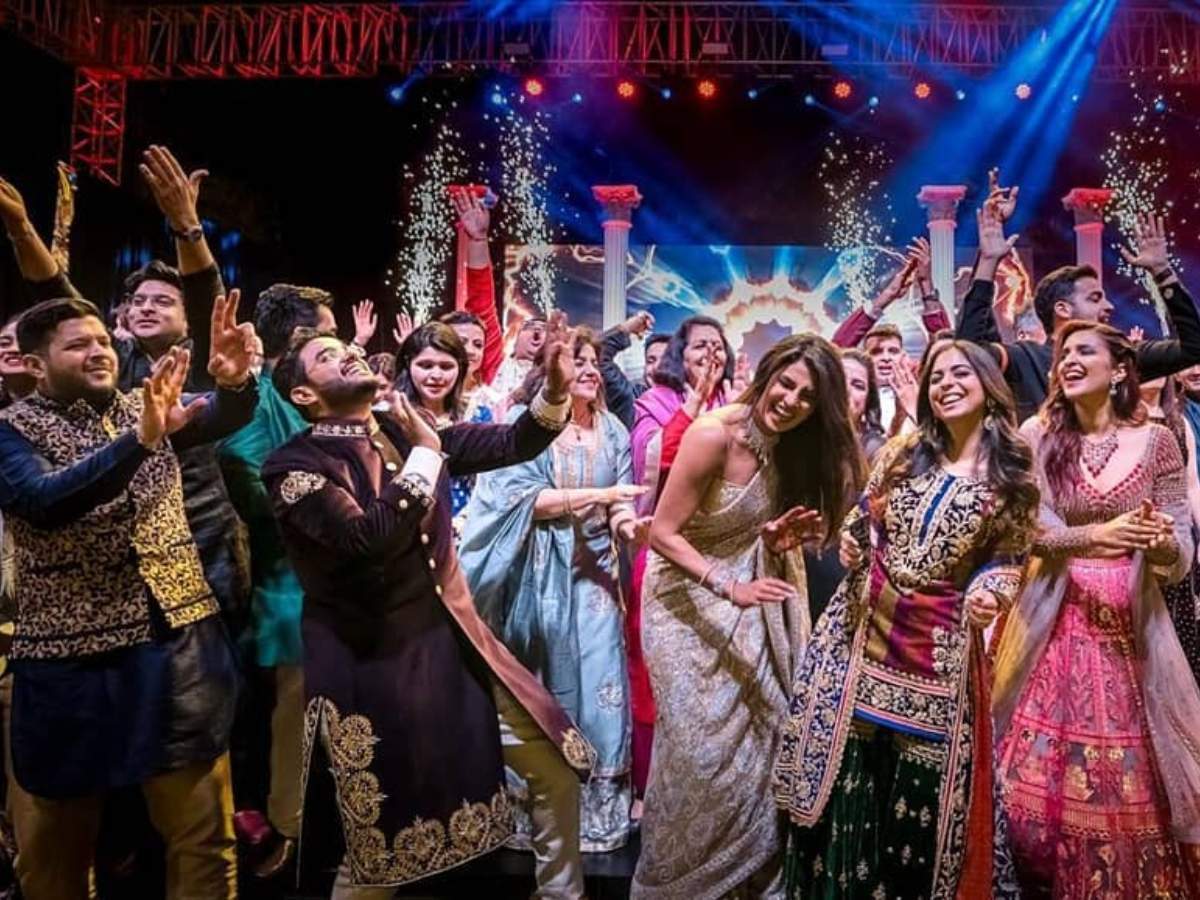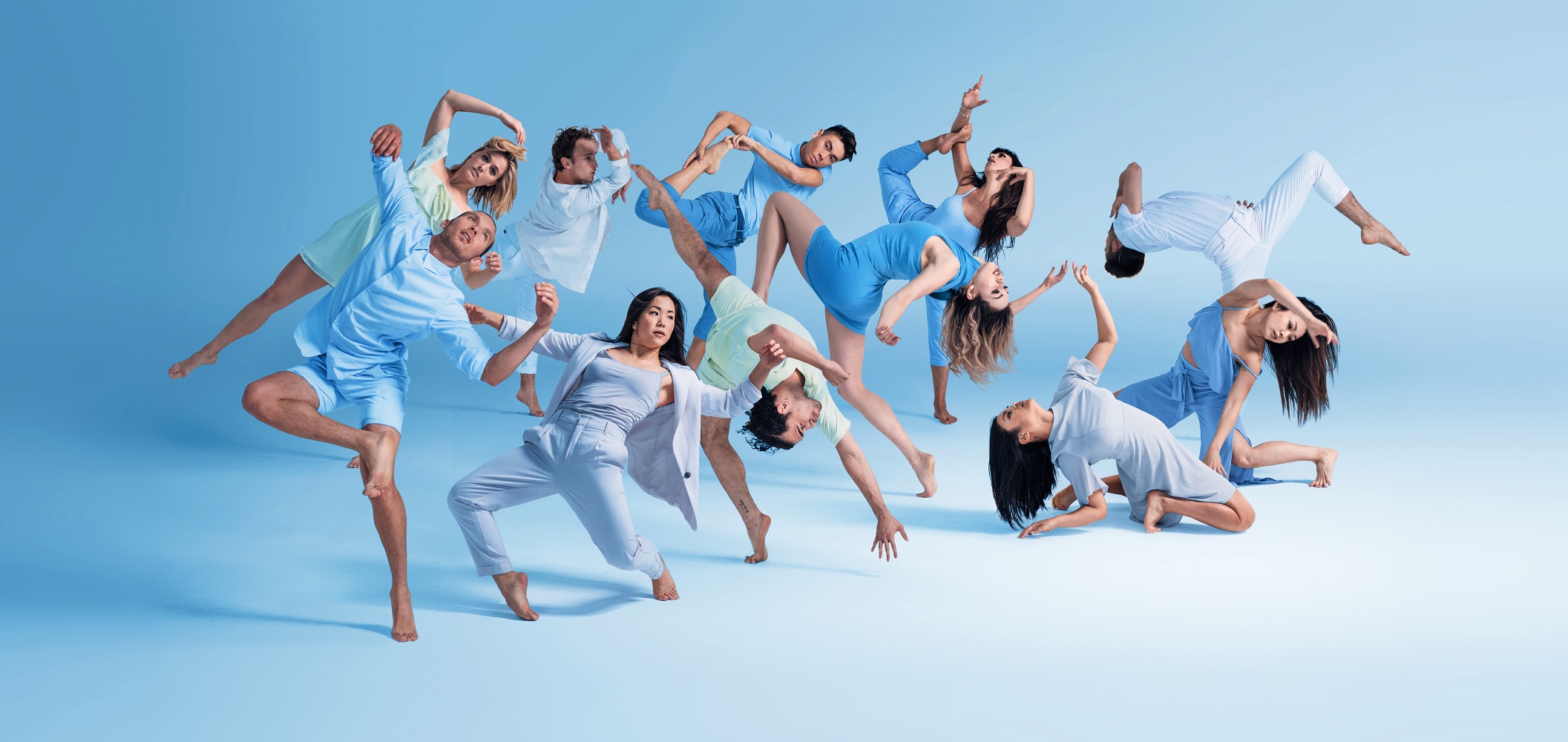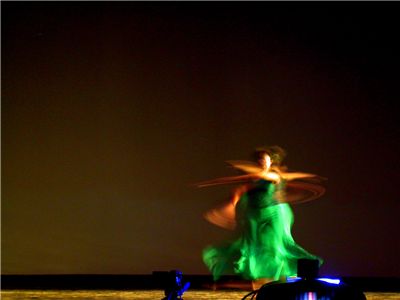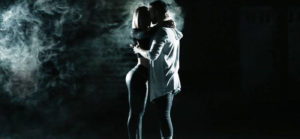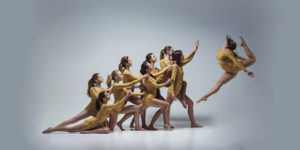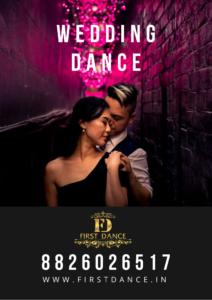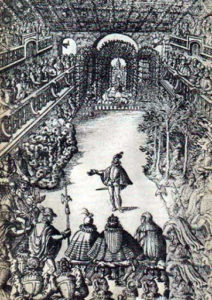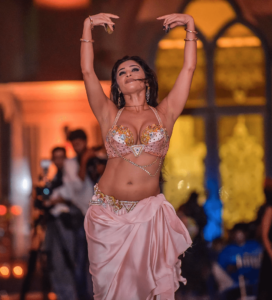
Belly dancing | History | Video Reference
Belly dancing has more to it than weight loss. Apart from helping you burn 250 to 300 calories per hour, it also helps with better muscle control and improves memory. – Learn belly dance near your classes from your guru but let your personality speak through your moves.
Belly dancing history crosses many cultural boundaries, getting its start in the Middle East and Africa, and moving on to evolve in western cultures as both a form of cultural dance and exotic entertainment. In the 21st century, the genre has gained considerable popularity all around the world.
Early Belly Dancing History
The term “belly dance” is a westernized name that originally referred to traditional Middle Eastern dancing. The earliest forms of belly dance were the Egyptian Ghawazi dance during the 19th century, and Raqs Sharqi, an Arabic dance of the 20th century.
Despite Egypt’s location in Africa and contributions from other nations such as France, Turkey, and the United States, the term belly dance is usually used today to include all traditional dances of the Middle Eastern region, including those not geographically situated there.
Related Articles
Origins in Egypt
The first belly dancers were a group of traveling dancers known as the ghawazee. These women were considered gypsies in Egypt in the 18th century, and were banished from Cairo during the 1830s, but went on to perform in Upper Egypt and later in the Middle East and Europe. Belly dancing was, during this time period, often known as “Oriental” dancing, and the women were made famous in Europe by authors and painters intrigued by the exotic nature of the art.
From the ghawazee troupe, the Raqs sharqi genre of belly dancing began to develop. More urban than the purest dance forms in earlier belly dancing history, it quickly became popular and took cues from not only the ghawazee but also various folk dance styles, ballet, Latin dance, and even American marching bands.
Belly dancing gained popularity in the United States in the 1960s and 1970s during a time when more women were becoming free spirits. By this time, the dance had quite a sensual reputation, and western women worked hard to reinvent it as a woman-focused dance that was performed in conjunction with female celebrations such as childbirth and new-age Goddess worship.
Choreography Through the Ages
While belly dancing is very showy in style and costuming, the basic dance requires the disciplined skill of isolations. For this reason, those with experience dancing jazz or ballet will do well with basic belly dance technique. The core muscles of the dancer’s body execute each movement, as opposed to the use of external muscles alone.
The majority of movements come from the hip and pelvic region; however, isolations of the shoulders and chest are also vital to a fluid-looking performance.
There are many steps found in the various styles of belly dancing performed all over the world, but the classic steps that come back throughout several periods in the history of belly dancing are:
Shimmy – vibrating hips using the muscles of the lower back. You may shimmy front to back or side to side to create this vibration, and occasionally it is also performed in the shoulders.
Undulations – flowing, fluid movements throughout the body, including a pulsating rhythm of the chest and a circular twist of the hips and stomach regions
Hip hits – a sharp and quick pulsation of the hips moving out from the body. When performed up to speed, it looks as if the pelvis is swinging, but it is actually the weight of the legs pulsing quickly in alternation that creates the hip illusion.
Costuming and Props History
Early belly dancing costuming consisted of a fitted bra top, a belt that rides low on the hips, and then a long skirt or flowing pants. These are usually covered in embellishments of fringe, coins, jewels, or sequins. This historical look, first portrayed on the earliest of belly dancers, is often still used today.
Belly dance, also known as Middle Eastern dance, has grown in popularity well beyond its region of origin. It’s easy to understand why so many women have turned to belly dance; it is good exercise, fun to do, and offers an outlet for creative expression as well as the opportunity to dress up in various costumes.
How to Begin
Posture
The correct posture is the first thing you need to learn when taking lessons. Your knees should be slightly bent and never locked. Tuck the pelvis, throw your shoulders back and lift the chest. This posture puts the least amount of stress on the back and allows the freedom of movement needed to isolate the hips and rib cage for crisp, well-defined movements.
Related Articles
Basic Belly Dance Moves
The Shimmy
There are two types of shimmies: the shoulder shimmy and the hip shimmy.
Shoulder shimmy: Move your shoulders forward and back, alternating right, left, right-left. That’s all there is to it!
Hip Shimmy: The hip shimmy is driven by the knees. Maintaining the correct posture with bent knees, move your knees forward and back, alternating right, left, right, left. This causes the hips to move back and forth.
Arm Moves
The arms play an important role in belly dance. They can be held in place to frame the torso and help highlight certain moves, and they can move gracefully through the air. Some of the most common arm movements taught in belly dance are snake arms and wrist circles.
Snake arms: Raise your shoulder and elbow first, and then lift the hand. As you start to lower your shoulder and elbow, let your hand continue to move upward so that your elbow bends and your arm makes a waving motion. Lower the arm and the hand. Repeat on the other side, and alternate arms. Make sure that the palms of your hands are always turned toward the floor while doing snake arms.
Wrist circles: Move your hand in a clockwise circle, keeping your wrist as still as possible to isolate and highlight the move. You can do this with one hand or with both hands at the same time, and you can make counterclockwise circles as well. For a more undulating, snakelike movement, you can cup your hands as if you were using them to scrape out the contents of a jar.
Hip Moves
Figure eights: Stand with your knees slightly bent and your feet approximately a hip-width apart. Slide your right hip forward on a diagonal, then circle it to the right and toward the back on a diagonal. Slide your left hip forward on a diagonal, then circle it to the left and back on a diagonal, drawing a figure eight in the air. As you perform this move, shift your weight from foot to foot, following the movement of your hips, always keeping your hips parallel to the floor.
Your upper body remains still during these moves. Figure-eight can also be done in reverse. You begin by sliding your right hip toward the back, then moving it to the right and forward. Next, you slide your left hip back, then move it out to the left and then forward.
Hip circles: Stand in the basic belly dance position with your feet about a hip-width apart. Circle your hips to the right, forward, left, back, and then return to the right. Be sure to keep your upper torso still to highlight and isolate the move. You can make large or small hip circles, and you can also do this move in reverse.
Head Moves
Slide: The key to performing the head slide is to make sure to keep your shoulders still as you move your head from side to side.
Circles: Just as with the head slide, moving your head without affecting your shoulders is key. In addition, your head should stay on the same horizontal plane as you trace the circle, not moving up or down. Moving your head back and forth in a half circle is another variation.
Free Online Belly Dance Lessons
If you want to learn more about belly dancing, there are a number of online resources.
Instructional Websites
There are various sites online that offer free instructional lessons in belly dance, including the following:
- Leyla Najma offers free beginner and intermediate belly dance videos.
- Belly Dance Lessons Online offers free e-classes as well as several more advanced courses with a fee attached.
- Tiazzaoffers free belly dance instruction online.
- Melissa Belly Dance offers fitness and technique videos for belly dancers.
YouTube Videos
You can subscribe to certain YouTube channels and get an experience that almost mimics that of an actual class. Check out:
- Talladancersoffers videos that focus on a specific move, like belly rolls, Egyptian walk, or hip twists.
- BellyDanceBprovides videos from different belly dancers.
- Danomoonoffers lessons and performance videos.
- Sahira provides videos that teach posture and various moves, like undulations, shimmies, and floor work.
Benefits of Belly Dance
With its undulating movements and isolations, belly dance celebrates the feminine and can increase self-confidence. It is a low-impact exercise, beneficial for any weight or shape. Belly dancing on a regular basis can help you become more fit because it can reduce blood pressure, improve circulation, and promote weight loss. This dance form also makes exercise fun, and the more enjoyable an exercise is, the more often you’ll want to do it. If you’re looking for an enjoyable way to get in shape, or if you just want to release your inner diva, belly dancing might be just what you need.
Learn belly dance near me/you.
